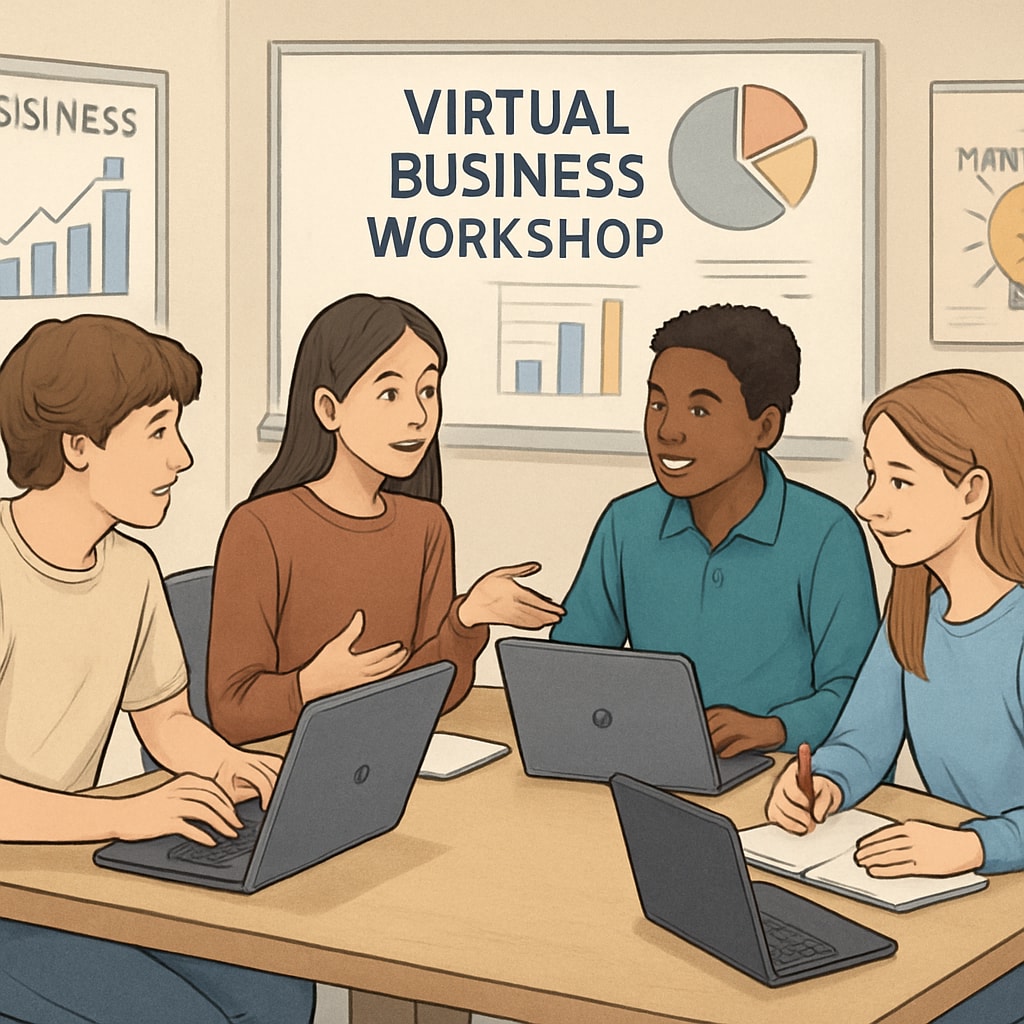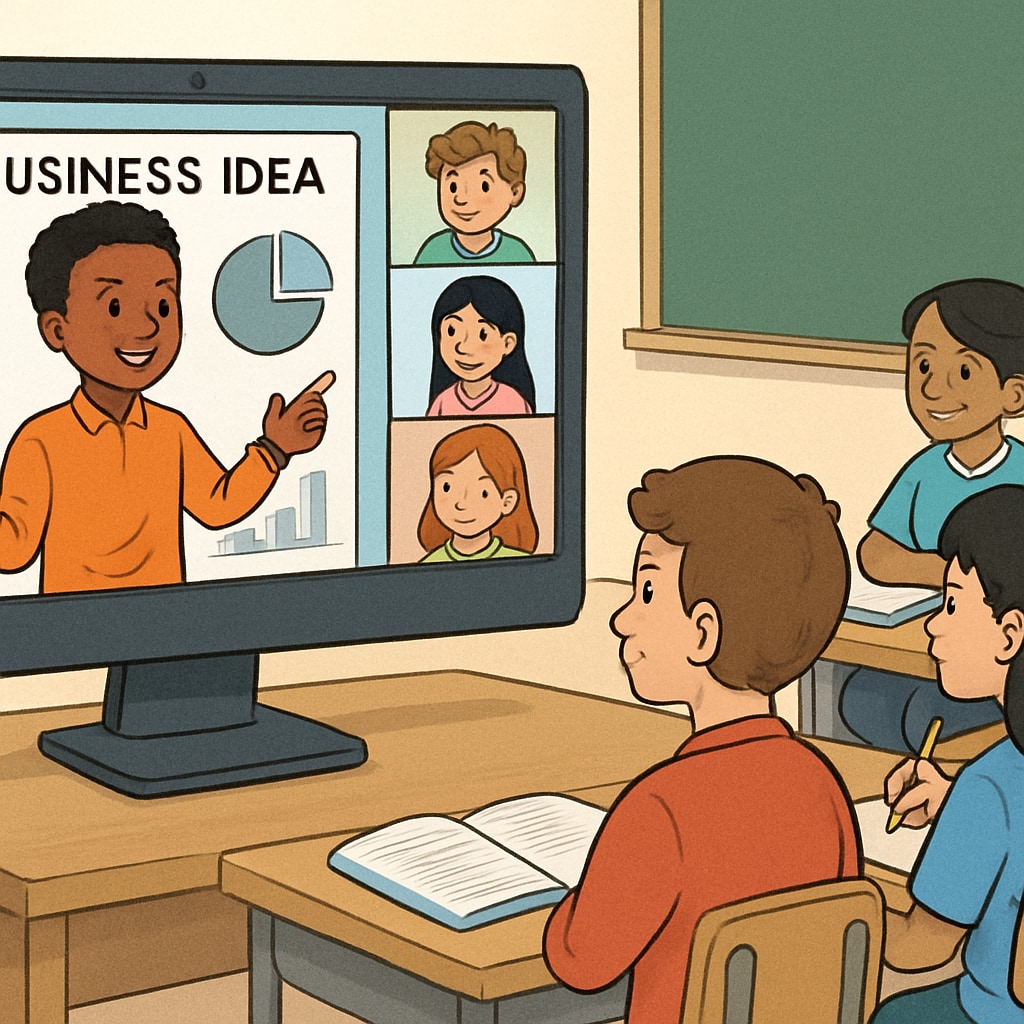Business education for teens is gaining momentum, thanks to initiatives like the SkillSpring Foundation—an inspiring nonprofit organization providing free virtual courses to youth aged 8-14. By addressing the gaps in K12 education, SkillSpring equips young minds with entrepreneurial thinking and practical skills that will shape their professional futures.
In today’s competitive world, early exposure to business concepts is more than a skill set—it’s a mindset. Introducing entrepreneurship at a young age fosters creativity, problem-solving, and leadership abilities, enabling teenagers to excel in any career path they choose. SkillSpring’s mission is to ensure that these crucial lessons are accessible to all, regardless of socioeconomic status.
Why Early Business Education Matters for Youth
Studies have shown that youth exposed to entrepreneurial education early are better prepared for future challenges. For example, they tend to develop stronger critical thinking and communication skills, which are essential across all industries. Programs like SkillSpring Foundation’s free virtual business courses empower children to approach problems with innovative solutions and encourage a proactive attitude towards challenges.
Moreover, early business education fosters financial literacy—a skill often overlooked in traditional K12 curricula. By understanding concepts such as budgeting, investing, and economics, teens can make more informed decisions about their finances in adulthood.
- Promotes critical thinking and creativity
- Encourages leadership and problem-solving
- Improves financial literacy
- Builds confidence in decision-making

SkillSpring Foundation: Filling the Educational Gap
The SkillSpring Foundation is a nonprofit organization founded by a group of passionate high school students. Recognizing the lack of entrepreneurial education in K12 schools, they created a platform offering free virtual business courses to younger students aged 8-14. Their initiative not only fills this educational gap but also inspires kids to think critically about careers and innovation.
SkillSpring’s curriculum focuses on practical, real-world applications of business concepts. Students learn how to draft business plans, pitch ideas, and analyze market trends—all through interactive online sessions. Parents and educators alike have lauded the program for making complex concepts accessible and engaging for young learners.
To learn more about the importance of entrepreneurial education, visit Entrepreneurship on Britannica.

The Long-Term Impact of Nonprofit Initiatives
Nonprofit organizations like SkillSpring Foundation play a vital role in shaping the future of education. By offering free resources, they ensure that financial barriers don’t prevent children from accessing high-quality learning experiences. As a result, communities benefit from a generation of confident, entrepreneurial thinkers who can contribute to economic and social development.
In addition to fostering individual growth, programs like these help bridge the educational equity gap. For example, underserved communities often lack access to extracurricular activities that build professional skills. Nonprofit initiatives create accessible pathways for all students to thrive, regardless of their background.
As a result, early exposure to business education can lead to a ripple effect, benefiting not just the individual but society as a whole. Learn how nonprofit organizations impact communities at Nonprofit Organization on Wikipedia.
In conclusion, SkillSpring Foundation’s free virtual business courses are empowering young minds to dream big and think critically. By bridging gaps in K12 education, this nonprofit initiative is setting teens on the path to success—one entrepreneurial lesson at a time.
Readability guidance: This article uses short paragraphs, lists, and clear transitions to enhance readability. Passive voice is minimized, and complex ideas are explained simply to ensure accessibility for a broad audience.


